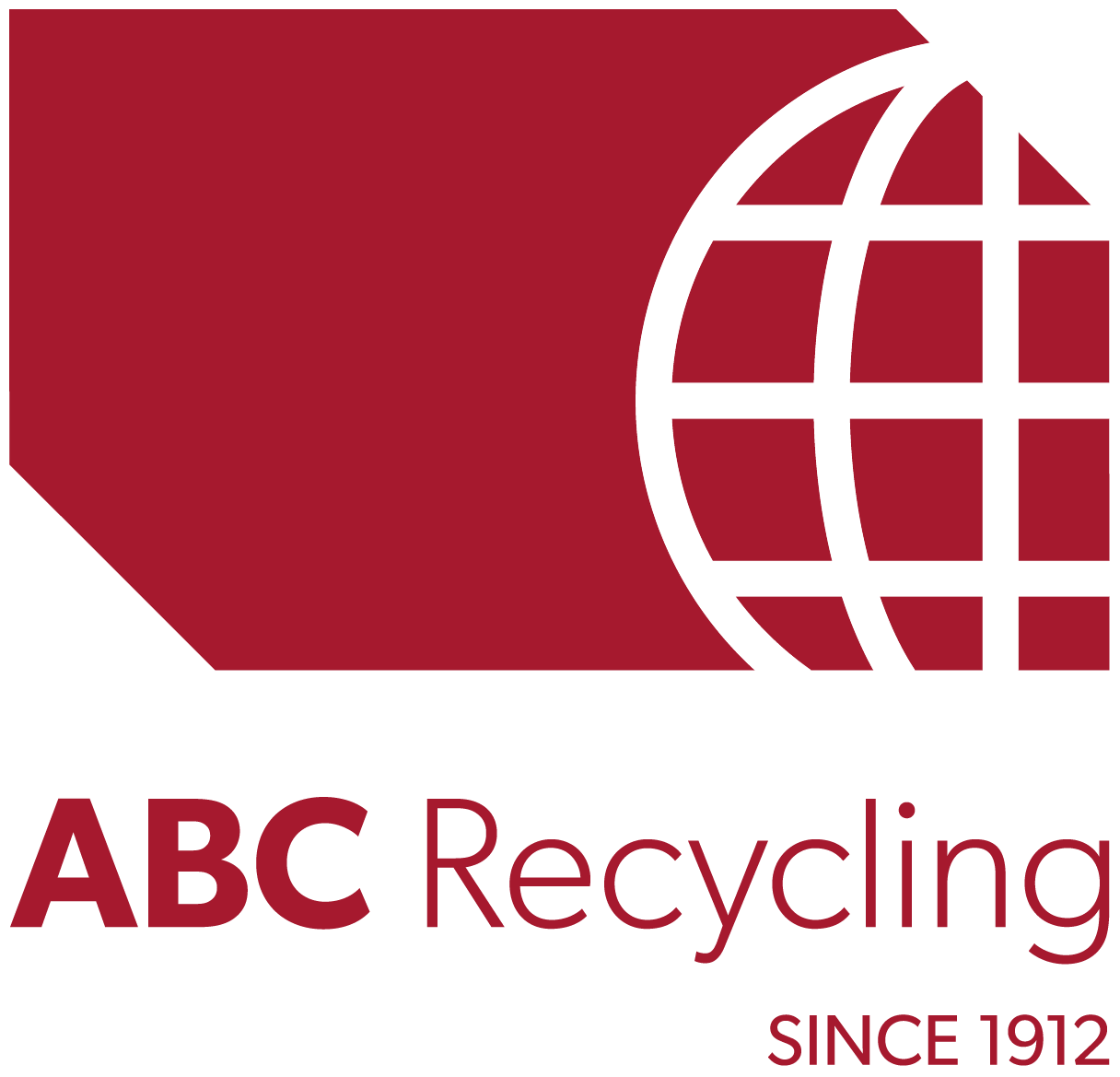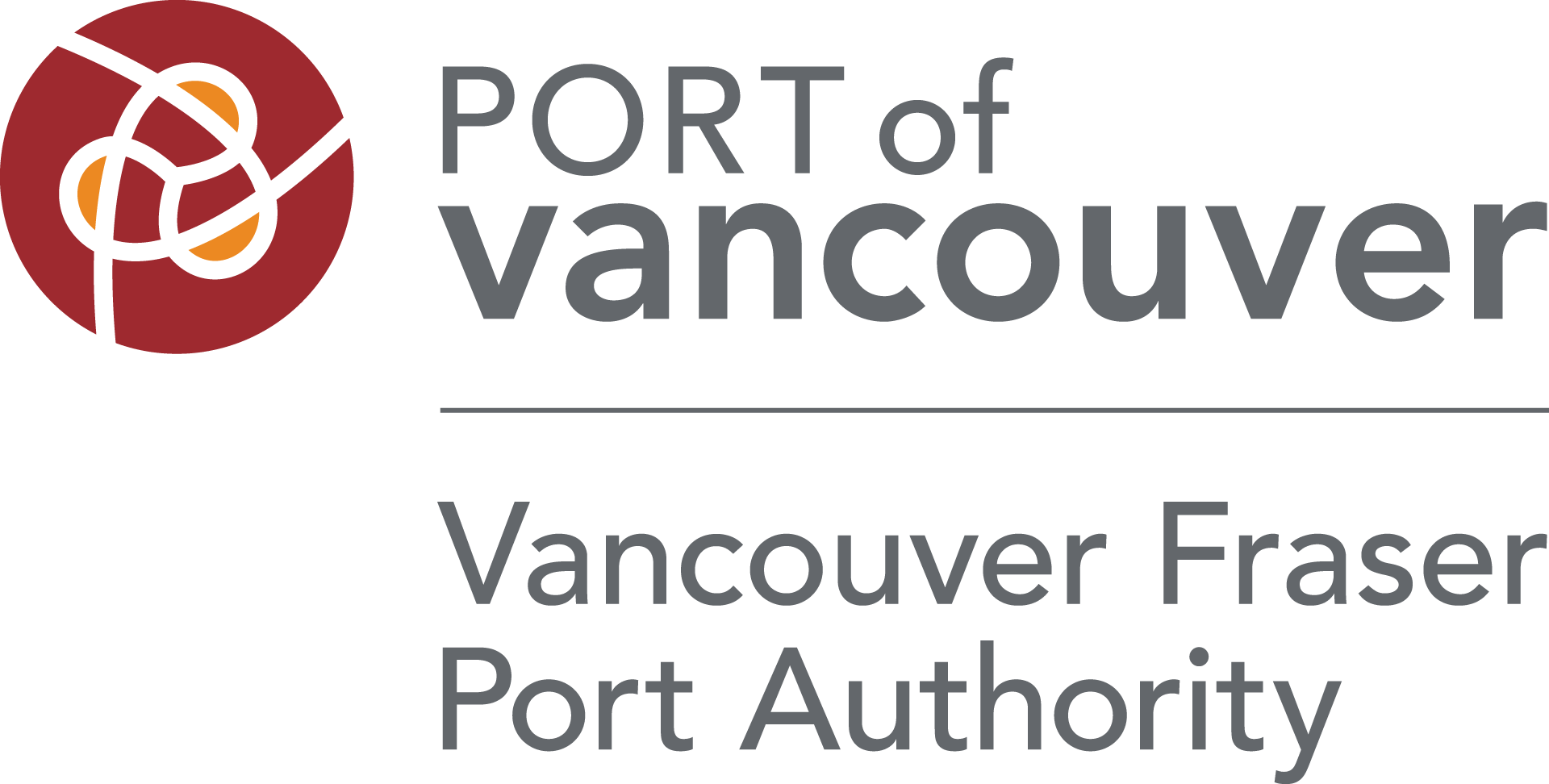5 Minutes for Business: Roadmap for Recovery

The Burnaby Board of Trade, in collaboration with the Canadian Chamber of Commerce, bring you 5 Minutes for Business — short articles on timely business issues.
In the middle of a once-in-a-century pandemic, it is difficult for Canadians, their families, businesses and governments to look beyond confronting the immediate effects of COVID-19. However, we must also begin looking over the horizon to the post-COVID-19 world to start planning how our country and economy can emerge stronger.
Recovery starts with resilience, which is why we have laid our key policy areas that our political leaders must consider to help ensure our businesses, and Canada, remain resilient.
Getting Canadians Back to Work – Employment may not return to pre-crisis levels at any point soon, which is why Canadians will need reskilling, upskilling and skills training programs to get them back to work. Education and training will also change, including a greater need for online learning and durable skills, with a focus on both work-integrated and lifelong learning. Ensuring all Canadians have opportunities to participate in the recovery will be essential for inclusive growth.
Keeping Supply Chains and People Moving – Most industries will need to reactivate their entire supply chain, where the weakest point in the chain will determine the success of a return to economic activity. Companies cannot afford to accommodate additional disruptions caused by regulatory gridlock and interprovincial/territorial trade barriers. Trade-enabling transportation infrastructure is crucial to improving the flow of goods.
Managing Debt and Deficits – Canada will enter recovery with substantial new public and private debt. Canada will have to walk a fiscal tightrope between reducing debt and deficits and maintaining a competitive tax system that encourages business investment and economic growth.
Navigating Global Fragmentation – International trade patterns and global capital flows will shift as the pandemic disrupts the global economy. The pull of protectionist policies will grow as countries look inwards to recover from COVID-19, and the barriers erected during the crisis could be slow to come down. We should also expect restructuring in international tourism and transportation sectors.
Adopting Technology and Innovation – An increasingly digital economy will require major investments in sophisticated networks, cybersecurity and electronics. It will also force businesses to adopt new technologies and business models to interact with customers, clients and employees.
Ensuring a Resilient Resource Sector – Canada can gain market share by innovating to create less emission intensive oil and gas products. Trade policy and infrastructure are crucial for our resource sector to thrive in a different global economy. Canada’s abundance of natural resources will provide a strong competitive advantage as our economy recovers.
Planning for Small and Medium Business Continuity – SMEs will need substantial tools and resources to help them maintain operations and adapt to a different economy post-pandemic. They will also require help to prepare to weather the next crisis, including advice on legal/human resource issues, cash flow management, maintaining operations, cybersecurity and adopting business models with less physical presence.
Strengthening Our Public Health Infrastructure – A lasting implication of the pandemic is that resilient and efficient healthcare systems will become an even greater competitive advantage for nations. Canada must revisit policies on critical healthcare infrastructure, strategic reserves of key supplies and the need to ensure domestic production facilities for critical medical equipment. It will also include redesigning public sector procurement and the distribution of essential equipment for times of crisis.
Rethinking Government’s Role and Priorities – As the government considers how to build a more secure future for Canadians, it must give priority to the economic fundamentals needed for growth and opportunity. Our goal should not be to return to the uncompetitive business conditions that existed before the crisis. Now more than ever, we need to encourage entrepreneurship and investment, not just to undo the damage inflicted by COVID-19, but also to achieve Canada’s economic potential.
So how do we propose the government achieve this? The Canadian Chamber of Commerce has outlined recommendations in their full Roadmap to Recovery. Click here to access it.




















connect with us